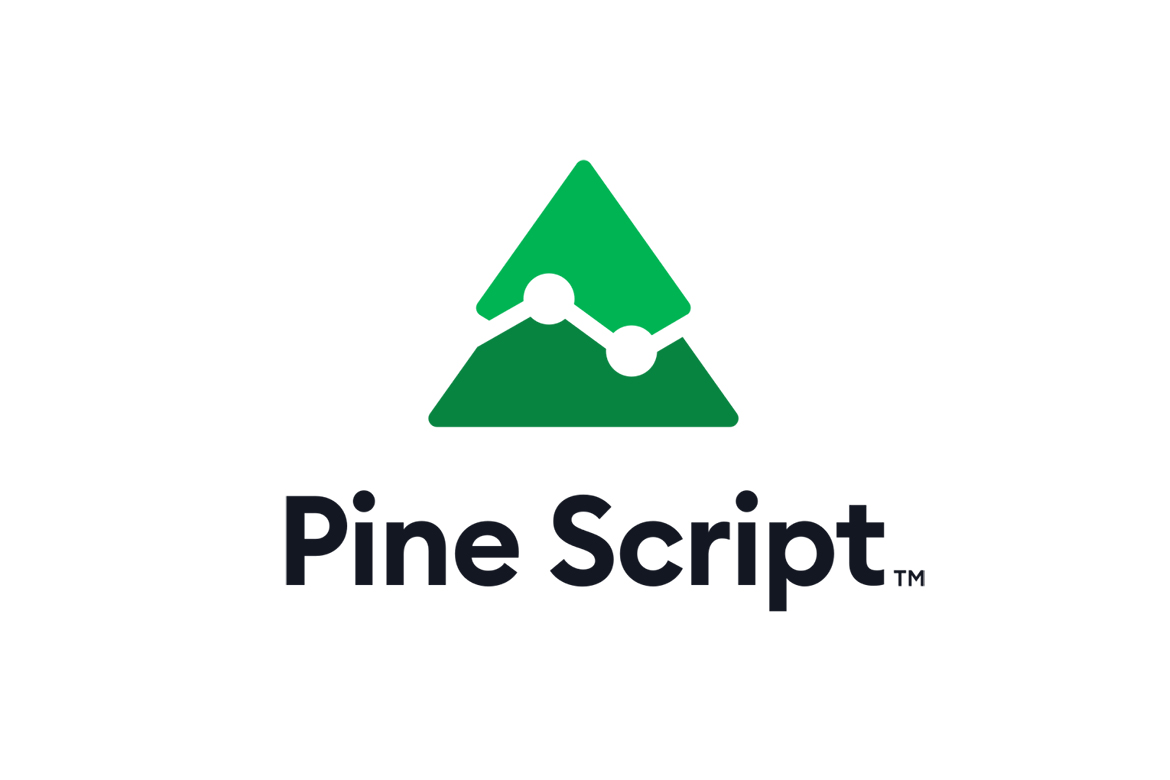Pine Script is a domain-specific programming language developed by TradingView. It is specifically designed for creating custom indicators and strategies within the TradingView platform, which is a popular charting and analysis tool used by traders and investors.
Pine Script is built on top of the JavaScript syntax and provides a set of functions and features tailored for financial market analysis. It allows users to define their own technical indicators, overlays, and trading strategies, as well as perform backtesting and generate trading signals.
Key features of Pine Script include:
- Charting and Visualization: Pine Script enables the creation of custom plots, overlays, and indicators that can be visualized on TradingView charts. Traders can use these visualizations to analyze price movements, identify patterns, and make informed trading decisions.
- Technical Analysis Functions: Pine Script provides a comprehensive set of built-in technical analysis functions, including moving averages, oscillators, volume analysis tools, and more. These functions allow users to perform complex calculations and derive insights from historical price data.
- Customizable Inputs: Pine Script allows users to define customizable inputs, such as parameters for indicators or strategy settings. These inputs can be modified by users within the TradingView user interface, providing flexibility and adaptability to different trading scenarios.
- Backtesting and Optimization: Pine Script supports backtesting of trading strategies, enabling users to simulate their strategies on historical price data. It also provides tools for strategy optimization, allowing traders to fine-tune their parameters for improved performance.
- Alerting and Trading Integration: Pine Script allows users to create alerts based on specific conditions in the market. Traders can receive notifications when certain criteria are met, enabling them to take timely actions. Additionally, Pine Script can be integrated with brokers to automate trade execution based on predefined strategies.
Pine Script is widely used by traders and developers to create and share custom indicators and strategies within the TradingView community. It provides a powerful and accessible platform for technical analysis and algorithmic trading on various financial markets.




